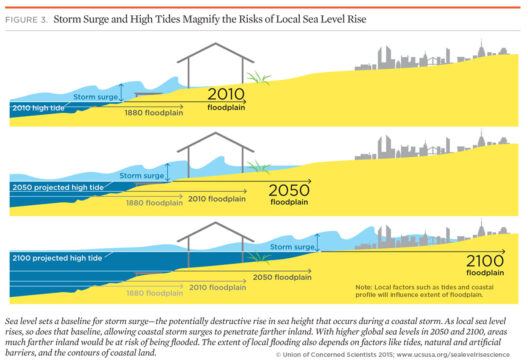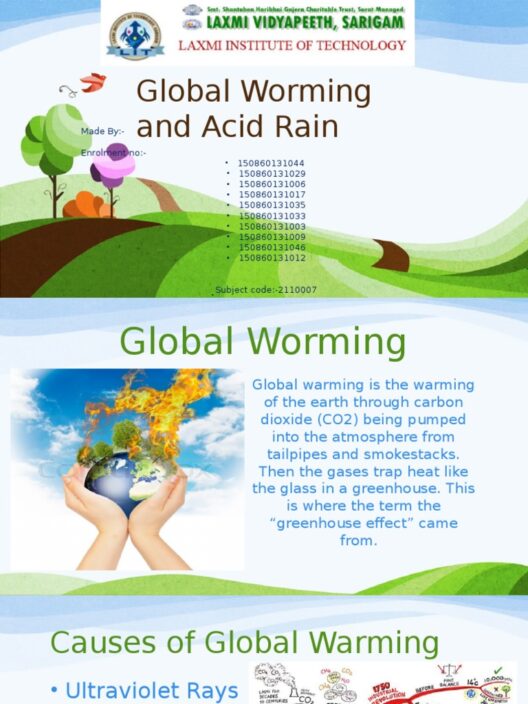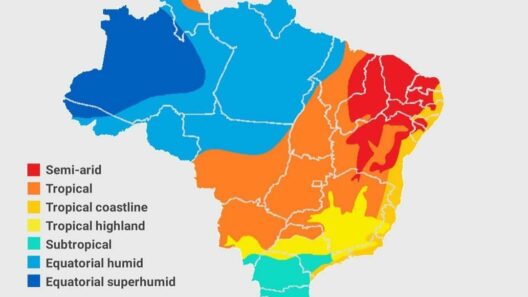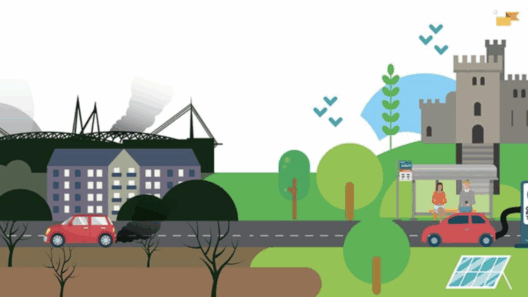Montana, the fourth largest state in the United States, is a land of breathtaking landscapes and varied climatic conditions. Particularly in the Big Sky region, which is nestled in the heart of the Rocky Mountains, the climate reveals itself to be an intricate tapestry woven from the threads of altitude, geography, and the ever-changing seasons. To delve into the climate of Montana, particularly Big Sky, is to engage in a compelling journey through nature’s nuances, promising a shift in perspective that might reshape how one perceives seasonal changes.
One of the most striking characteristics of Montana’s climate is its dramatic seasonal dichotomy. The region experiences four distinct seasons, each offering its own unique charm and challenges. Winters are rigorously cold and are often accompanied by heavy snowfall, creating a winter wonderland that attracts skiers and snow enthusiasts. Conversely, summer unfolds like a vibrant canvas, with warm temperatures and clear skies, ideal for hiking, fishing, and exploring the vast wilderness. This bold seasonal contrast imbues the region with dynamic beauty and rich biodiversity, serving as a microcosm of larger climatic themes.
The winter months in Big Sky see temperatures plunging into the single digits, accompanied by a significant accumulation of snow. Snowfall can exceed several feet, creating ideal conditions for winter sports such as skiing and snowboarding, which are intrinsic to the local economy and lifestyle. Residents and visitors alike relish the crisp air, invigorated by the stunning views of snow-clad mountains. However, this frosty tableau is not without its environmental implications. Snowpacks, essential for water resources in the warmer months, are indicators of broader climate trends that warrant attention. Understanding the delicate balance of these ecosystems highlights the integrity of Montana’s natural resources and underscores the importance of sustainable practices.
As spring emerges, a metamorphosis occurs. The temperatures gradually rise, and the snow begins to melt, feeding rivers and lakes with vital runoff. Springtime in Big Sky reveals a captivating rejuvenation—a burst of wildflowers ensues, painting the meadows and hillsides in an array of colors. This transition fosters an unmistakable sense of optimism. However, beneath this idyllic surface lies a reality where shifts in seasonal patterns can have profound effects. For instance, an early thaw can disrupt local wildlife migration patterns and affect ecosystems that have adapted to specific seasonal rhythms. The fragility of these changes serves as a reminder of the impact that a warming planet is having on even the most remote reaches of Montana.
Entering summer, the landscape transforms into a kaleidoscope of life. Bright, sunny days dominate, with temperatures ranging from the mid-70s to 90 degrees Fahrenheit. Outdoor activities abound during this time; hikers flock to the trails, and families set out for fishing excursions. The long days offer ample opportunity to bask in the majesty of Big Sky’s mountains and valleys. However, the increased temperatures can also lead to heightened risks such as wildfires—a stark contrast that reminds us of the complexity of nature’s offerings. Environmental conditions complicate the standard idyllic summer scene, highlighting the pressing issue of climate change and its role in exacerbating wildfire seasons across the Western United States.
As summer culminates, autumn casts its spell, presenting a transition marked by dramatic foliage changes. The trees don hues of gold, crimson, and rust, presenting a stunning visual to all who venture outdoors. As temperatures begin to cool, the reflection of the season also beckons deeper contemplation on climate fluctuations. The shortening days and cooling air usher in another cycle, emphasizing the interconnectedness of all living systems. Moreover, understanding the implications of changing weather patterns on agriculture and local food systems becomes paramount as communities adapt to shifting climates. Promoting sustainable practices and wildlife conservation during this season is not merely advisable; it is essential.
The climate in Montana, especially in the Big Sky area, is not just an academic subject; it’s a living testament to the intricate interplay between the environment and humanity. The dynamic shifts of the seasons amplify the narrative of climate change, beckoning greater exploration and understanding. Witnessing these changes in real-time can be a powerful catalyst—a shift that encourages a deeper connection to the land we inhabit and the climate fluctuations we face. It ignites curiosity to explore how ecological practices can sustain local environments for future generations.
In conclusion, the climate in Montana, particularly in the striking Big Sky region, is a lesson in contrasts and continuity. The bold seasons invite us to appreciate the nuances of each climatic phase while simultaneously reminding us of the profound shifts driven by global climate change. As we embrace these seasons of transition, we should adopt a perspective that fosters stewardship and sustainability. In doing so, one can forge a path forward that honors the resilience of nature and cultivates a commitment to preserving the environmental treasures that define Montana’s identity.








